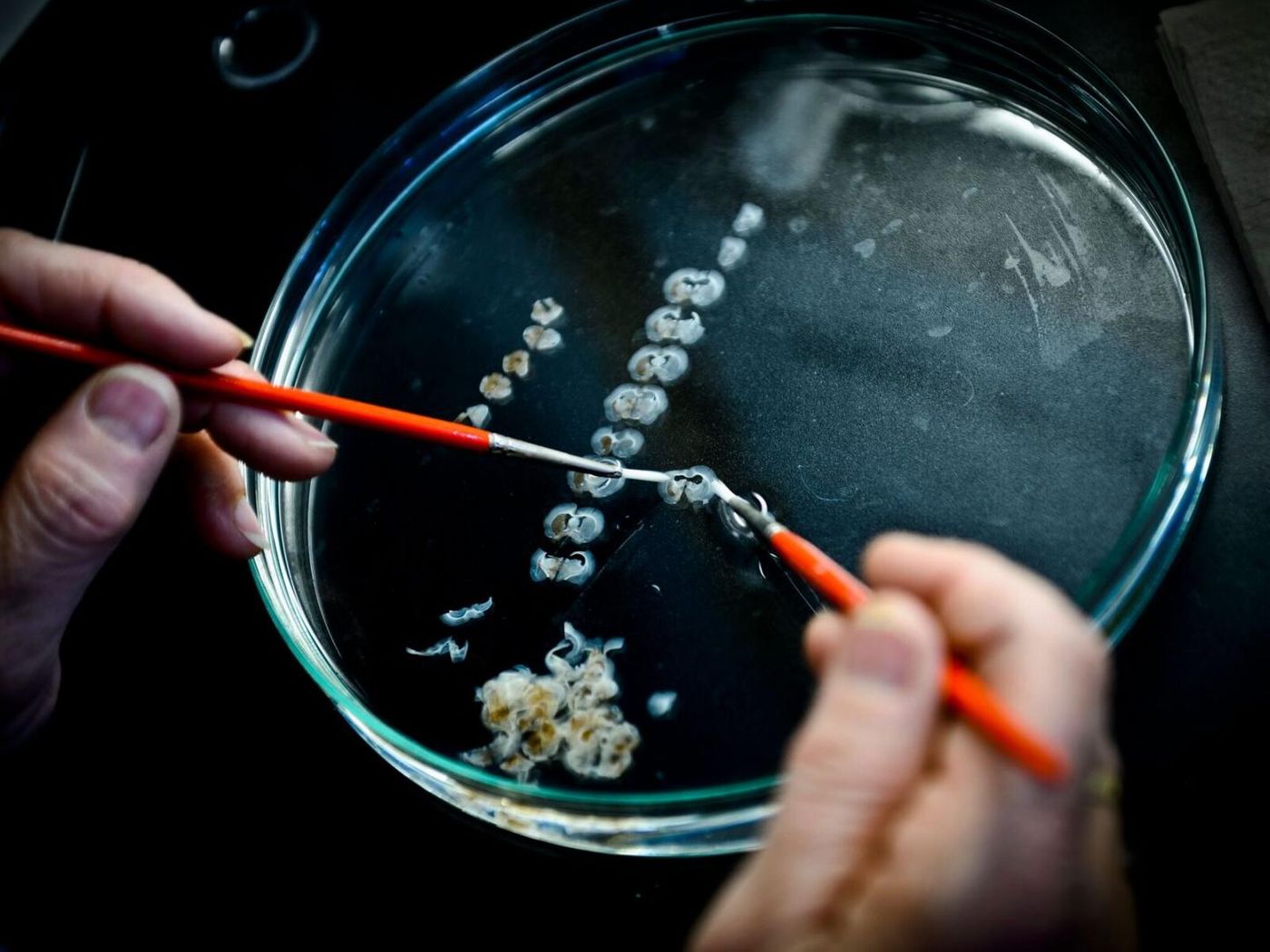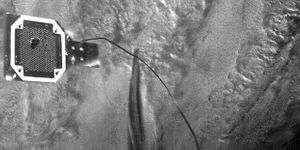Stem Cells as a Potential Treatment for Parkinson's Disease
While the symptoms of Parkinson’s disease vary, the neurodegenerative condition tends to get worse over time, and causes problems with movement and eventually, behavior. Treating the disease usually means using medications to help alleviate the symptoms, caused by a loss of nerve cells that make dopamine. Replacing the lost cells would be a better treatment, but scientists have to find a way to do it; they now are trying to use stem cells for that purpose. Researchers have outlined the possibilities in a new report in the Journal of Parkinson's Disease.
Parkinson’s disease (PD) patients don’t have many options, and in the report, the authors stress the need for better treatments. "There is still no cure, and medications only go part way to fully treat incoordination and movement problems," explained study co-authors Claire Henchcliffe, MD, of the Department of Neurology, Weill Cornell Medical College, and Department of Neurosurgery, Memorial Sloan Kettering Cancer Center, and Malin Parmar, Ph.D., of the Wallenberg Neuroscience Center and Lund Stem Cell Center, Lund University.
Stem cells, which can now be developed from adult skin cells, present a real option, the authors said. “If successful, using stem cells as a source of transplantable dopamine-producing nerve cells could revolutionize care of the PD patient in the future. A single surgery could potentially provide a transplant that would last throughout a patient's lifespan, reducing or altogether avoiding the need for dopamine-based medications,” they added.
A common drug treatment aims to increase dopamine levels and enhance activity in the brain’s nigrostriatal pathway to relieve motor problems caused by the disease. There are side effects to the limited treatment, however.
Researchers are now using clinical trials to bring stem cell technology to patients. Scientists are developing ways to create a consistent pool of safe stem cells that have therapeutic activity. These lab-made cells would potentially be easily available.
"We are moving into a very exciting era for stem cell therapy. The first-generation cells are now being trialed and new advances in stem cell biology and genetic engineering promise even better cells and therapies in the future," explained Dr. Parmar, who is featured in the video. “There is a long road ahead in demonstrating how well stem cell-based reparative therapies will work, and much to understand about what, where, and how to deliver the cells, and to whom. But the massive strides in technology over recent years make it tempting to speculate that cell replacement may play an increasing role in alleviating at least the motor symptoms, if not others, in the decades to come."
"With several research groups, including our own centers, quickly moving towards testing of stem cell therapies for PD, there is not only a drive to improve what is possible for our patients, but also a realization that our best chance is harmonizing efforts across groups," added Dr. Henchcliffe. "Right now, we are just talking about the first logical step in using cell therapies in PD. Importantly, it could open the way to being able to engineer the cells to provide superior treatment, possibly using different types of cells to treat different symptoms of PD like movement problems and memory loss."
Sources: AAAS/Eurekalert! via IOS Press, National Institute on Aging, Journal of Parkinson’s Disease









